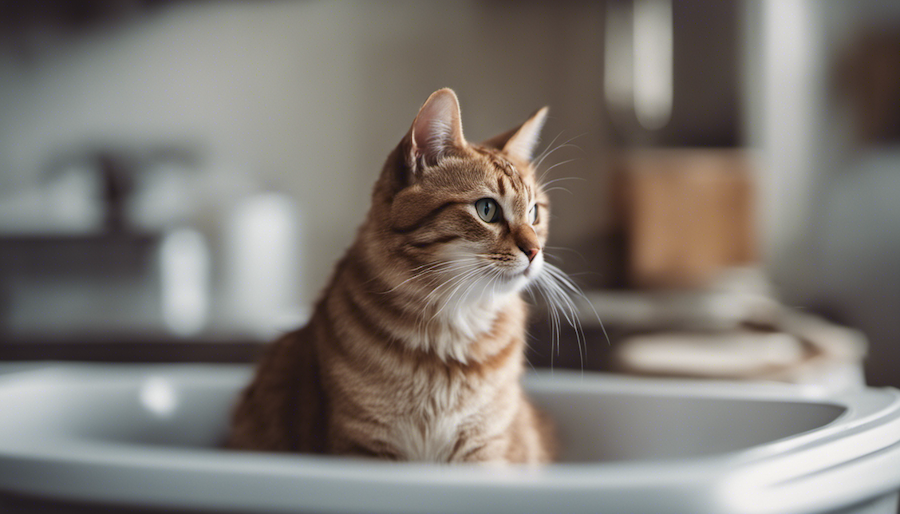Having a feline companion can be a delightful experience, but with the joys of cat ownership come some responsibilities, one of which is managing the litter box. For many, a primary concern is keeping the home smelling fresh and free of unwanted odors. With so many litter choices on the market, which is the best for you and your furry friend? Let’s dive into the various options and tips to ensure a pleasant environment for everyone.
1. Understanding Different Types of Litter
There are several types of cat litter available, each with its own set of advantages and drawbacks:
- Clay-Based Litters: These are among the most popular. They’re highly absorbent and can clump, making it easy to scoop out wastes. However, they can be dusty and may not be biodegradable.
- Silica Gel Litters: Made from tiny silica gel beads, these litters are good at controlling odor and absorbing moisture. However, they don’t clump and some cats might not prefer the texture.
- Biodegradable Litters: Made from recycled paper, wood, corn, or wheat, these litters are environment-friendly and often less dusty. The absorbency and odor control can vary depending on the brand and material.
- Crystal Litters: These are known for superior odor control and low tracking, but they’re typically more expensive and might need to be changed out more frequently.
2. Factors to Consider When Choosing Litter
- Odor Control: No one wants a stinky home! Look for litters that promise good odor control. Activated charcoal, baking soda, or natural wood can be beneficial for this purpose.
- Dust Levels: Excessive dust can be irritating to both humans and cats. If dust is a concern, consider low-dust or dust-free options.
- Texture and Comfort: Some cats can be picky about the texture. Kittens might prefer finer grains, while older cats might be okay with larger granules.
- Clumping vs. Non-Clumping: Clumping litters can be easier to clean as they form solid masses with urine or feces. Non-clumping litters might require more frequent full changes.
- Eco-Friendliness: If sustainability is a concern, opt for biodegradable options that don’t contribute to landfills.
3. Tips for a Fresh and Odor-Free Home
- Regular Scooping: Regardless of the litter type, regular scooping—at least once a day—is key to keeping odors at bay.
- Full Changes: Even with daily scooping, it’s essential to fully change the litter and clean the box every few weeks.
- Use Liners: Liners can keep the box cleaner and make changing the litter a breeze.
- Litter Deodorizers: If you find that the litter isn’t doing enough on its own, consider adding a litter deodorizer to neutralize odors.
- Box Placement: Keep litter boxes in well-ventilated areas. This can help with odor dispersion and ensure that smells don’t become concentrated.
Conclusion
Choosing the right cat litter is a combination of understanding your cat’s preferences and your own needs when it comes to cleanliness, odor control, and environmental concerns. With the right litter and regular maintenance, you can ensure a fresh-smelling home, making both you and your feline friend happy!

